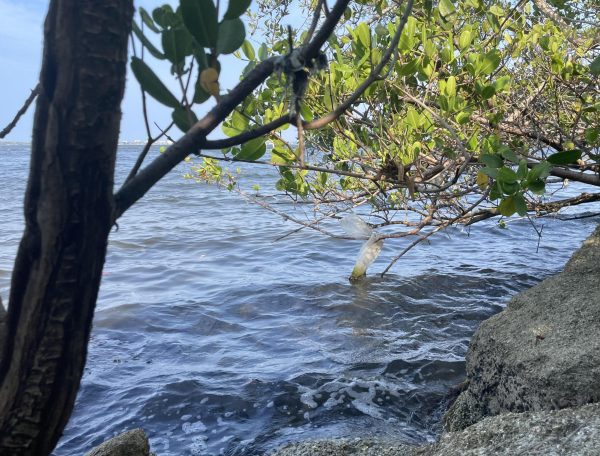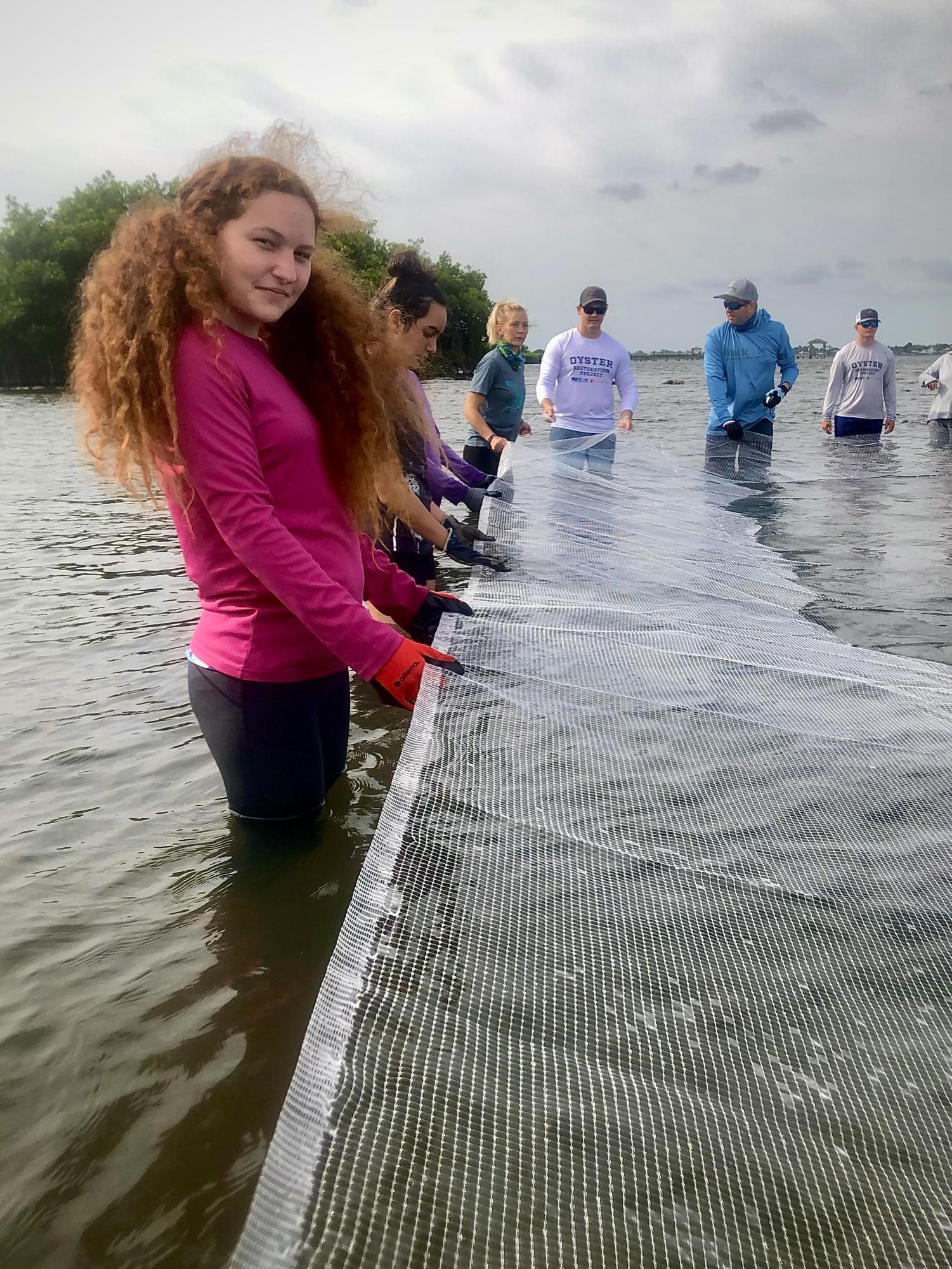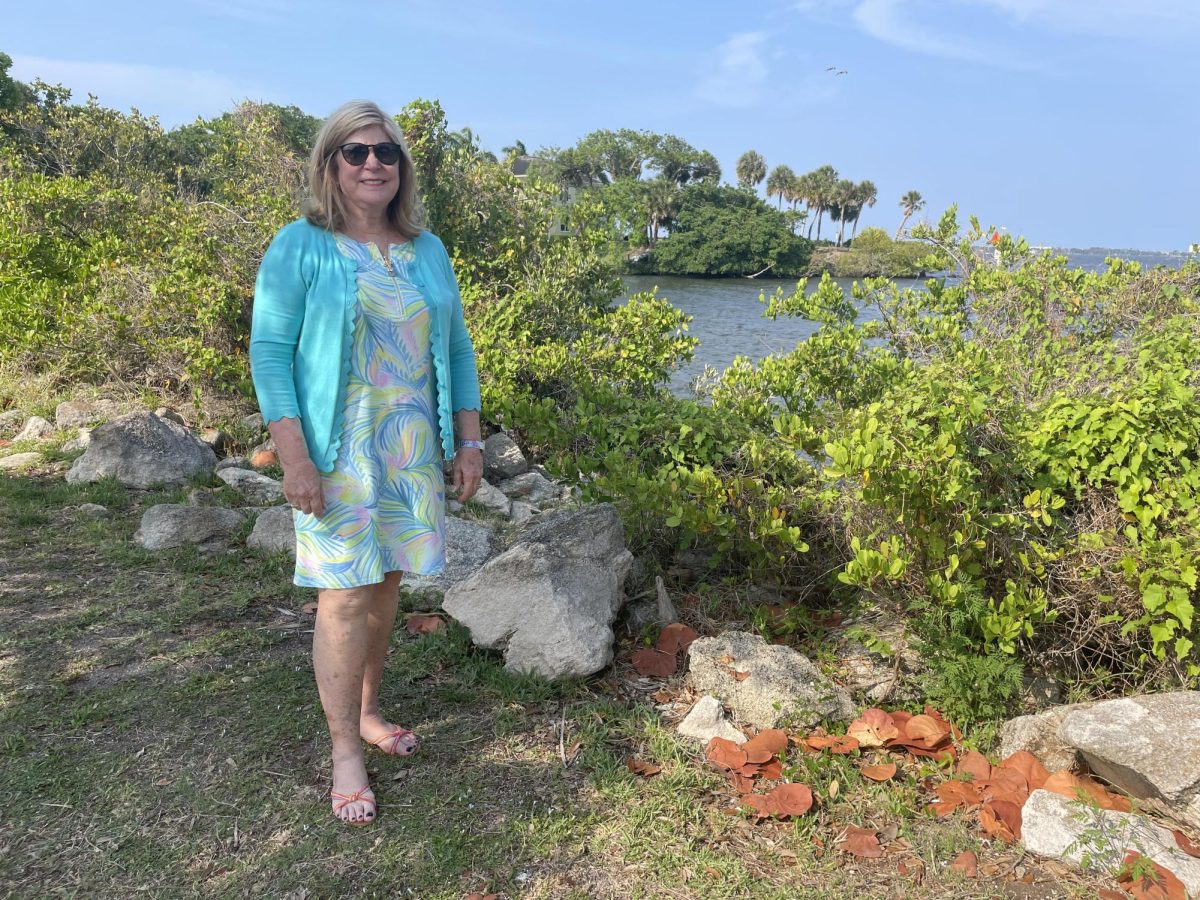Growing up in Eau Gallie, Education Head of the Save Our Lagoon Citizen Oversight Committee (SOROS) Stephany Eley reminisces over a time when the Indian River Lagoon was a wildlife hotspot.
“My brother and my father had a Thanksgiving tradition where they would go and harvest oysters from the Indian River Lagoon and my dad would make oyster dressing for Thanksgiving,” she said. “My father and several of our neighbors took me, my brother and other children out to go shrimping at night. It was just a surreal, special experience to be able to go out at night. We had shrimp and we weren’t afraid to eat them.”
The wildlife population in the Indian River Lagoon has experienced major declines since the mass fish kill in 2016 from algal blooms. In 2017, Brevard county residents voted on paying a tax to improve the environmental conditions. Using the money collected, the SOROS committee connected with local organizations over the past eight years to restore the lagoon to its former glory.
“We’ve got the [Brevard] Zoo as a resource because for years now they’ve been doing oyster restoration projects,” Eley said. “They started out and they were using plastic bags and collecting oyster shells from the restaurants around our county, because the biggest problem was there. There’s baby oysters, or spat, out there in the water, but they had no place to land to be able to form to attach to. They put out the bags hoping that the spat would attach and then there might be some recruitment from organisms … Recently, they started doing these mesh-like, rope-like oyster mats. They’re putting that out with the idea that eventually the mesh is going to dissolve but by that time, you’ve got the recruitment. And what they’re seeing is the shells are actually growing up through this netting which protects them from predators too.”

Between habitat reconstruction, muck removal and community unity, Eley said that the future is bright for the Indian River Lagoon.
“My husband, he’s an avid fisherman, he loves to fish in the lagoon, but we’ve lost some of the native species like snook, for example,” she said. “The snook population was becoming very depleted and finally those are beginning to come back. That’s some of the things coming back: the fisherman and native fish. We’re seeing species, you know, in abundance that we haven’t seen in a long time.”



